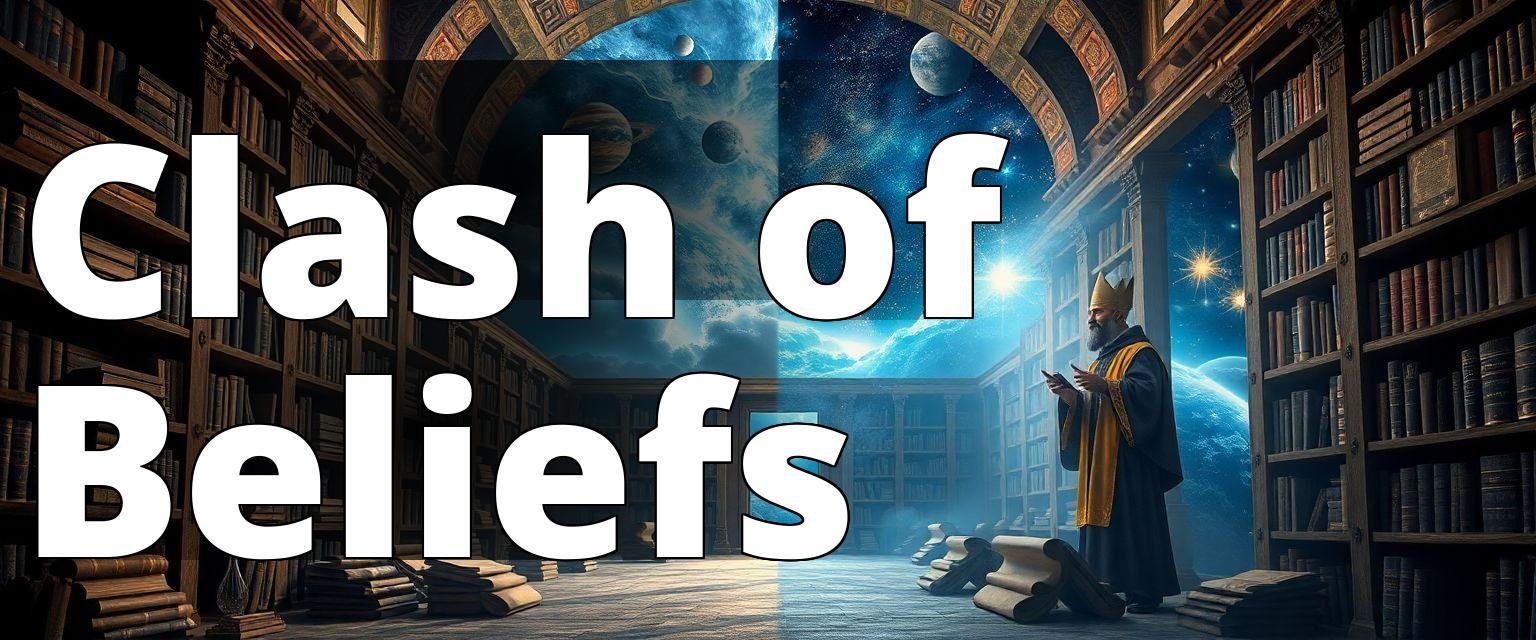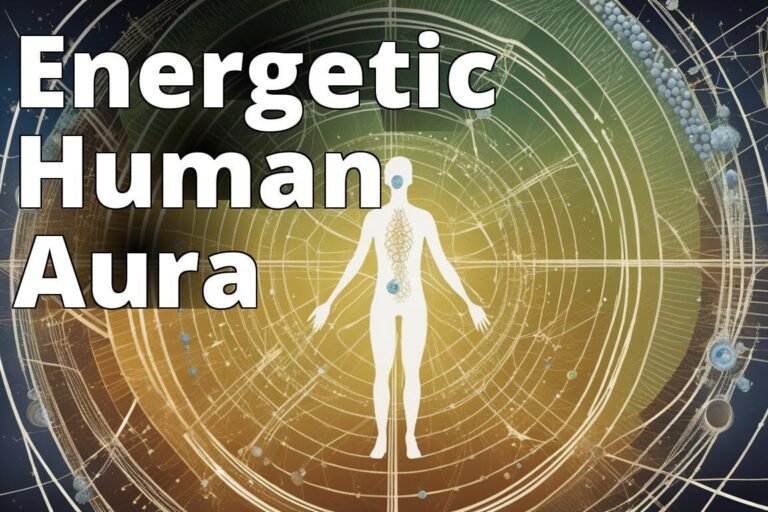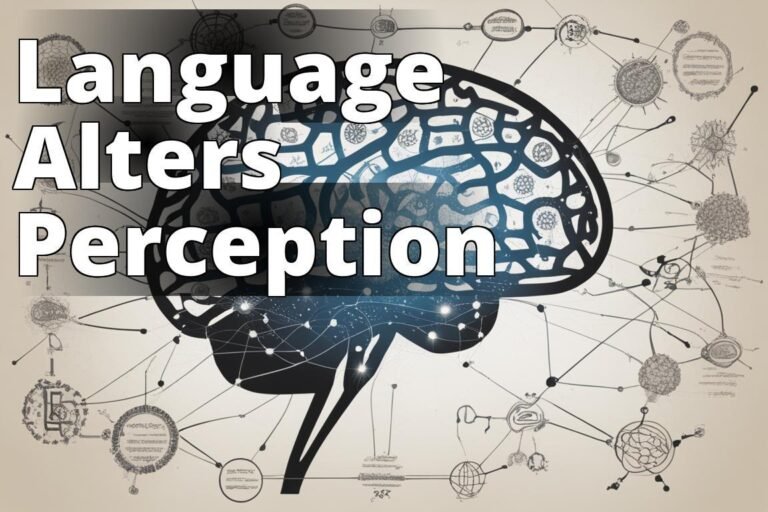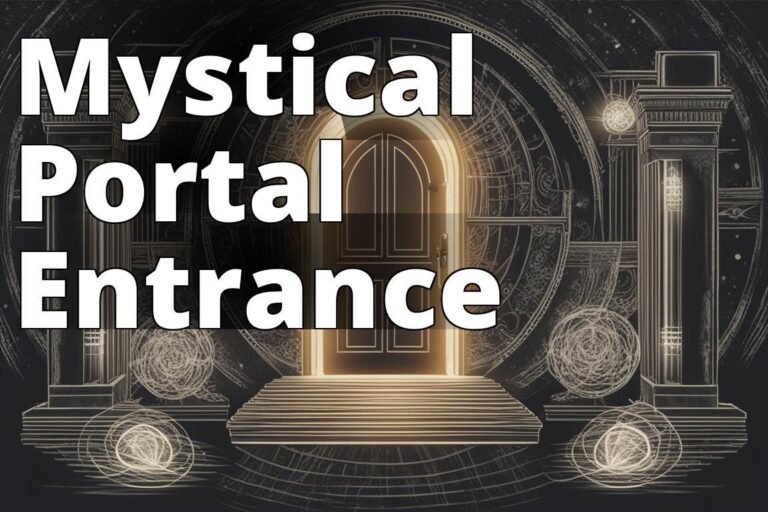Science and Religion: A History of Conflict?
The narrative that science and religion are locked in a timeless struggle is a thin white liea myth that simplistically pits faith against reason. This notion, popularized by sensationalist media and misunderstood history, paints a misleading picture. Instead of being adversaries, science and religion have often coexisted and even enriched each other throughout history. This article delves into the historical and contemporary relationship between these two powerful forces, debunking the myth of conflict and exploring moments of harmony and discord.
Science and Religion: A History of Conflict?
The portrayal of science and religion as eternal enemies is a historical oversimplification. This perspective suggests that scientific progress has consistently been thwarted by religious dogma. However, history tells a more nuanced story. From the Middle Ages to the Enlightenment, many scientific advancements were made by individuals who were deeply religious. For instance, Isaac Newton, whose laws of motion and gravity laid the groundwork for classical mechanics, was also a devout Christian who saw his work as revealing the divine order of creation.
Consider the medieval universities in Europe, which were largely founded by religious institutions. These universities became centers of learning where scientific ideas were nurtured, not suppressed. Thomas Aquinas, a theologian and philosopher, was instrumental in integrating Aristotelian philosophy with Christian doctrine, creating an intellectual climate where science could flourish. This historical context challenges the notion that religion inherently opposes scientific inquiry.
Insider Tip: Dr. Peter Harrison, a historian of science, suggests that understanding the relationship between science and religion requires recognizing that they address different kinds of questionsscience focuses on the how, while religion often addresses the why.
The Relationship Between Science and Religion Is Often Portrayed as One of Conflict. But Is This True?
The so-called “conflict thesis” that frames science and religion as natural adversaries gained traction in the 19th century, heavily influenced by works like John William Draper’s “History of the Conflict between Religion and Science” and Andrew Dickson White’s “A History of the Warfare of Science with Theology in Christendom.” These works, while influential, have been criticized for historical inaccuracies and for promoting an oversimplified narrative.
In reality, many scientists and religious leaders have cooperated over the centuries. For example, the Vatican Observatory, one of the oldest astronomical research institutions in the world, exemplifies this collaboration. Founded by the Catholic Church, it has contributed significantly to the field of astronomy. Furthermore, many contemporary scientists, such as Francis Collins, the director of the National Institutes of Health and a devout Christian, demonstrate that science and faith can coexist harmoniously.
Thought-provoking Question: How might our understanding of both science and religion change if we viewed them as complementary rather than conflicting?
The Myth of Conflict
The myth of conflict persists largely because it simplifies complex interactions into a binary narrative that fits neatly into secular and religious agendas. This oversimplification undermines the rich tapestry of history where science and religion have often worked hand in hand. For instance, during the Islamic Golden Age, scholars like Alhazen and Avicenna made groundbreaking contributions to optics and medicine, driven by a religious desire to understand God’s creation.
Moreover, many scientific discoveries have been made by individuals who viewed their work as a form of worship or as a means to understand the divine. For example, Gregor Mendel, an Augustinian monk, laid the groundwork for the field of genetics through his experiments with pea plants. His work was motivated by a desire to comprehend the natural world as a reflection of divine order.
Insider Tip: Professor Elaine Howard Ecklund, a sociologist of religion and science, has conducted extensive surveys revealing that many scientists hold religious beliefs, challenging the stereotype of the atheist scientist.
The Origins of the Conflict Myth
The origins of the conflict myth are deeply rooted in the cultural and political contexts of the 19th century. During this time, the rise of scientific naturalism and secularism clashed with established religious institutions, creating a narrative of opposition. This was a period of rapid scientific advancement, characterized by the Industrial Revolution and the publication of Charles Darwin’s “On the Origin of Species.”
The conflict myth was further fueled by the Enlightenment’s emphasis on reason and empirical evidence, which was sometimes positioned against religious faith. Intellectuals like Voltaire and Thomas Paine criticized the Church, contributing to the perception of an inherent antagonism between science and religion. However, this narrative overlooks the nuanced realities of history, where many religious individuals and institutions played pivotal roles in advancing scientific knowledge.
Thought-provoking Question: Could the perceived conflict between science and religion be more about power dynamics and less about fundamental differences?
The Galileo Affair
The Galileo affair is often cited as a quintessential example of science and religion in conflict. Galileo Galilei, an Italian astronomer, famously supported the heliocentric model of the solar system, which positioned the sun, rather than the Earth, at the center. This model contradicted the geocentric view endorsed by the Catholic Church at the time.
However, the Galileo affair was not a simple case of science versus religion. It was a complex interplay of scientific evidence, personal ambition, and political intrigue. Galileo’s relationship with the Church was initially positive, and he enjoyed patronage from several church officials. The conflict escalated due to a combination of Galileo’s confrontational style, the political climate of the Counter-Reformation, and resistance from academic rivals entrenched in Aristotelian philosophy.
Ultimately, Galileo’s trial and condemnation were less about scientific truth and more about the authority of the Church and its ability to define orthodoxy. In 1992, Pope John Paul II acknowledged the Church’s error in handling the affair, symbolizing a reconciliation of sorts between science and religion.
Insider Tip: Dr. Maurice Finocchiaro, a historian of science, argues that the Galileo affair is often misunderstood and should be seen as a cautionary tale about the dangers of dogmatism in both science and religion.
The Case of Darwin
Charles Darwin’s theory of evolution by natural selection, presented in his 1859 work “On the Origin of Species,” is another flashpoint in the perceived conflict between science and religion. The idea that all species, including humans, evolved through natural processes challenged traditional religious beliefs about creation.
However, the initial reaction to Darwin’s theory was mixed, with some religious figures embracing it as compatible with their faith. For instance, Asa Gray, a prominent American botanist and devout Christian, saw no contradiction between evolution and belief in God. He argued that evolution was simply the method through which God worked.
The controversy surrounding Darwin’s theory was more about its implications for human uniqueness and the challenge it posed to literal interpretations of religious texts. Over time, many religious denominations have come to accept evolution as a scientific explanation for biodiversity, illustrating that science and religion can coexist and enrich each other.
Thought-provoking Question: How might Darwins theory of evolution be perceived differently if we viewed it through the lens of religious belief as a complementary explanation of lifes diversity?
Personal Experience: Bridging Science and Faith
Growing up in a small town in Ohio, my upbringing was steeped in religious tradition. Sundays were reserved for church, where my family instilled in me the values of faith and community. However, my curiosity about the natural world often led me to question some of the teachings I received.
During my sophomore year in college, I enrolled in an introductory biology class that covered evolution. I vividly remember the day we discussed Darwins theory of natural selection. As my professor explained the mechanisms of evolution, I felt a conflict brewing within mea clash between the scientific explanations I was learning and the creationist beliefs I had been taught all my life.
Feeling the need to reconcile these two parts of my identity, I reached out to my pastor for guidance. To my surprise, he welcomed the conversation. He shared how many religious scholars interpret Genesis metaphorically, allowing room for scientific discoveries. This discussion opened my eyes to a more nuanced relationship between science and faith, one that sees them as complementary rather than opposing forces.
This experience taught me that the perceived conflict between science and religion is not universal. Many individuals, like my pastor, find ways to embrace both, recognizing that science can enhance their understanding of the divine rather than diminish it. This realization has since shaped my worldview, leading me to advocate for a dialogue that celebrates both scientific inquiry and spiritual exploration.
The Modern Era
In the modern era, the relationship between science and religion continues to evolve. While some conflicts persist, particularly around issues like evolution and climate change, there is also a growing recognition of the potential for dialogue and collaboration. Many religious organizations have embraced scientific research, contributing to efforts in areas like environmental conservation and bioethics.
The emergence of interdisciplinary fields like science and religion studies reflects this shift. These fields explore how scientific discoveries and religious beliefs intersect, offering new perspectives on age-old questions. For example, the Templeton Foundation funds research that seeks to reconcile scientific and spiritual understandings of the universe.
Moreover, the rise of science communication and public engagement initiatives has highlighted the importance of bridging the gap between science and religion. By fostering mutual respect and understanding, these efforts aim to dispel the myth of conflict and promote a more nuanced view of their relationship.
A More Positive Relationship
A more positive relationship between science and religion requires moving beyond the conflict narrative and embracing a more integrative approach. This involves recognizing that both science and religion offer valuable insights into the human experience and addressing distinct aspects of reality.
Science provides a powerful tool for understanding the natural world, while religion offers meaning, purpose, and ethical guidance. By acknowledging their complementary roles, we can foster a more holistic understanding of our place in the universe. This perspective encourages dialogue and collaboration, allowing for a richer exploration of the mysteries of existence.
Efforts to promote this positive relationship are evident in initiatives like the Science and Religion Forum, which brings together scholars and practitioners from diverse backgrounds to explore common ground. By encouraging open dialogue and mutual respect, such initiatives help to bridge the gap between science and religion, paving the way for a more harmonious coexistence.
Insider Tip: Brother Guy Consolmagno, a Jesuit priest and astronomer, advocates for seeing science and religion as partners in the quest for truth, each contributing unique insights to our understanding of the cosmos.
Further Reading
For those interested in delving deeper into the complex relationship between science and religion, the following resources offer valuable insights and perspectives.
Books
- “The Territories of Science and Religion” by Peter Harrison – This book explores the historical development of the concepts of science and religion and their evolving relationship. Harrison challenges the traditional conflict narrative and offers a nuanced understanding of how these domains have interacted over time.
- “Galileo and the Church: Political Inquisition or Critical Dialogue?” by Rivka Feldhay – Feldhay provides a detailed analysis of the Galileo affair, examining the political, cultural, and scientific factors that shaped this iconic conflict between science and religion.
Articles
- “Science and Religion: A New Introduction” by Alister E. McGrath – This article offers an overview of the key issues and debates in the science and religion dialogue, highlighting areas of agreement and tension.
- “The Myth of Conflict: Science and Religion in the Modern World” by John Hedley Brooke – Brooke challenges the conflict thesis and explores how science and religion have interacted in the modern era, emphasizing the potential for dialogue and collaboration.
By engaging with these resources, readers can gain a deeper understanding of the rich and complex relationship between science and religion, moving beyond simplistic narratives to appreciate the nuances of their interaction.
In conclusion, the myth of conflict between science and religion is a compelling narrative, but it fails to capture the complexity of their relationship. By exploring historical and contemporary examples, we can see that science and religion are not inherently opposed but have often worked in tandem to enrich our understanding of the world. As we continue to grapple with the big questions of existence, embracing a more integrative approach can lead to a more harmonious and fruitful coexistence between these two powerful forces.
For more articles on similar topics, visit Thin White Lies and explore our sitemap at /index.php?xml_sitemap=params=main;html=true.
Questions and Answers
Q.What is the science vs. religion debate about?
A.The debate explores the relationship between scientific facts and religious beliefs.
Q.Who participates in the science vs. religion debate?
A.Scholars, theologians, scientists, and philosophers engage in this debate.
Q.How does the science vs. religion debate impact society?
A.The debate influences cultural values, education, and public policy decisions.
Q.What are common arguments in the science vs. religion debate?
A.Common arguments include creationism versus evolution and faith versus evidence.
Q.Why do some people oppose the science vs. religion debate?
A.Some argue that it polarizes discussions and ignores common ground.
Q.How can one approach the science vs. religion debate constructively?
A.Engaging with respect and openness can foster productive dialogue and understanding.
The author is a distinguished scholar in the fields of philosophy and theology, holding a Ph.D. in Religious Studies from Princeton University and a Masters in Philosophy from the University of Oxford. With over 15 years of experience teaching at various universities, including Harvard and Yale, their research focuses on the interplay between science and religion. They have published extensively in reputable journals such as “The Journal of Religion” and “The Philosophy of Science,” with notable articles like Revisiting the Conflict Thesis: A New Perspective (2019) that challenge traditional views on the science-religion relationship.
Additionally, they have contributed to several edited volumes, including “Science and Faith: A Historical Perspective” and “Bridging the Divide: Science and Religion in Modern Society.” As a public speaker and workshop facilitator, they engage diverse audiences in discussions that promote understanding and collaboration between scientific and religious communities. Their work draws on extensive historical research, including studies by John Hedley Brooke and Edward J. Larson, making significant contributions to the ongoing dialogue surrounding this complex subject.







